Need Pest ID
Marjorie Knapp
10 years ago
Related Stories

INSPIRING GARDENSFrom Concrete Lot to Gracious Organic Garden in Seattle
Plants, pests and even weeds have a place in this landscape, which offers an edible bounty and a feast for the eyes
Full Story
FARM YOUR YARDIf You Have Room for Only One Fruit Tree ...
Juice up a small garden with one of these easier-care or worth-the-effort fruit trees for a mild climate
Full Story
EDIBLE GARDENSSummer Crops: How to Grow Tomatoes
Plant tomato seedlings in spring for one of the best tastes of summer, fresh from your backyard
Full Story
GARDENING FOR BUTTERFLIES3 Ways Native Plants Make Gardening So Much Better
You probably know about the lower maintenance. But native plants' other benefits go far beyond a little less watering and weeding
Full Story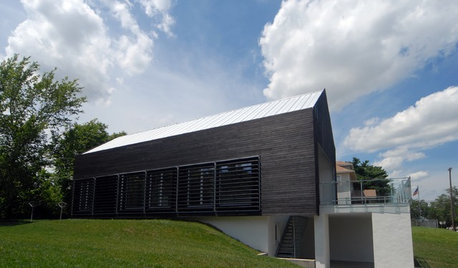
REMODELING GUIDES'Yakisugi-ita' Is Setting the Siding World on Fire
Exterior wood siding created by a Japanese burning technique is now alighting in the Western world
Full Story
EARTH DAYThe Case for Losing the Traditional Lawn
Work less, help the environment and foster connections by just saying no to typical turf
Full Story
EDIBLE GARDENSHow to Grow 10 Favorite Fruit Trees at Home
Plant a mini orchard in fall, winter or early spring to enjoy fresh-off-the-tree fruit the following year
Full Story
HOUSEPLANTSMeet a Long-Lasting Houseplant With a Forgiving Heart
Low light and little watering won't scar Zee Zee plant for life; this East Africa native has a tolerant nature and an exotic beauty
Full Story
GARDENING GUIDES7 Ecofriendly Gardening Ideas That Also Cut Chore Time
Spend less time weeding, less money watering and more moments just sitting back and enjoying your healthy garden
Full Story
SPRING GARDENING7 Spectacular and Practical Spring-Flowering Trees
Put on a beauteous show in the garden with a landscape tree awash in flowers — just do your homework first
Full StorySponsored
Leading Interior Designers in Columbus, Ohio & Ponte Vedra, Florida
More Discussions






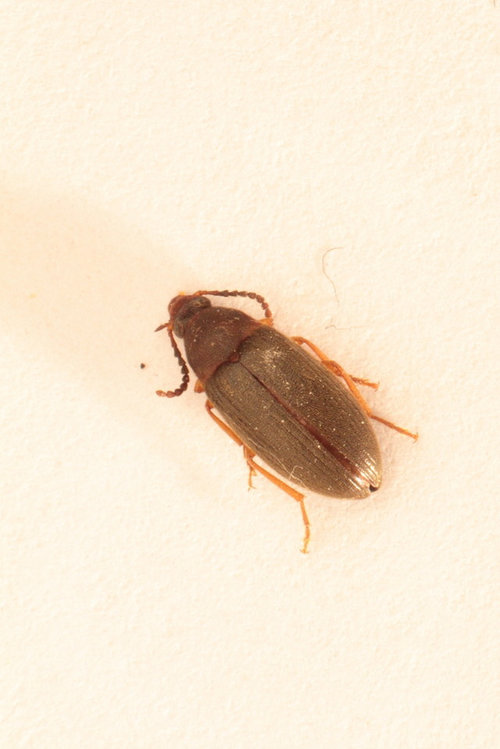
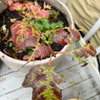
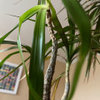
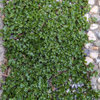
Marjorie KnappOriginal Author
jean001a
Related Professionals
Glen Ellyn Landscape Architects & Landscape Designers · Middle River Landscape Architects & Landscape Designers · Towson Landscape Architects & Landscape Designers · Tempe Landscape Contractors · Boca Raton Landscape Contractors · Choctaw Landscape Contractors · Hicksville Landscape Contractors · Indianapolis Landscape Contractors · Lake Worth Landscape Contractors · Long Beach Landscape Contractors · Los Banos Landscape Contractors · Lynn Landscape Contractors · Ocoee Landscape Contractors · River Ridge Landscape Contractors · Hueytown Landscape Contractorsart33
Marjorie KnappOriginal Author
rhizo_1 (North AL) zone 7
Marjorie KnappOriginal Author
jean001a
Marjorie KnappOriginal Author
lkzz
Marjorie KnappOriginal Author